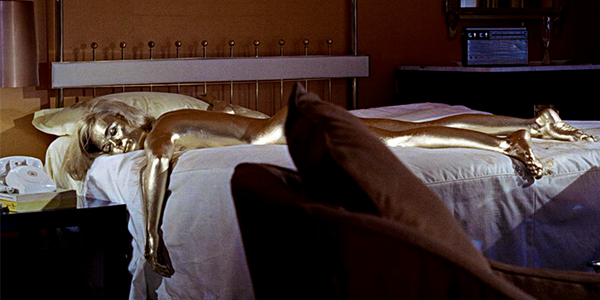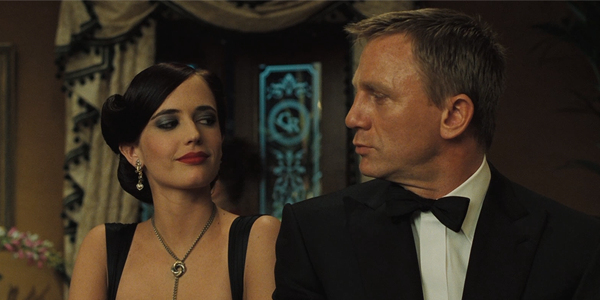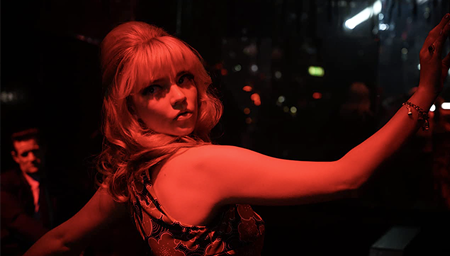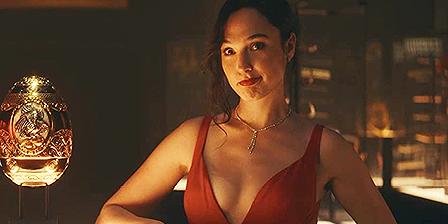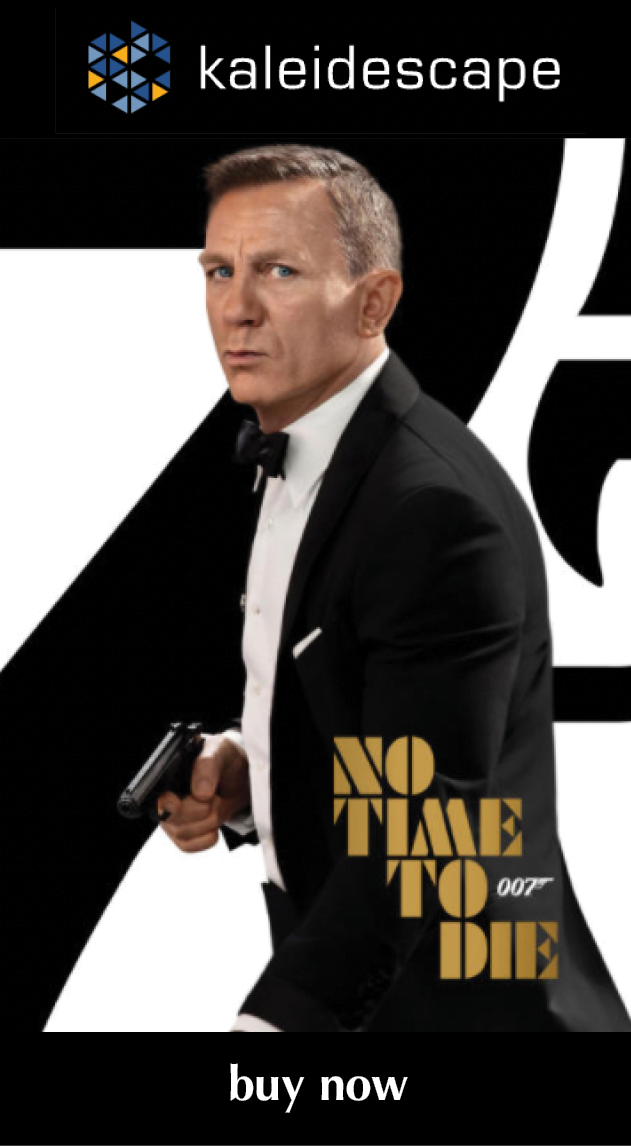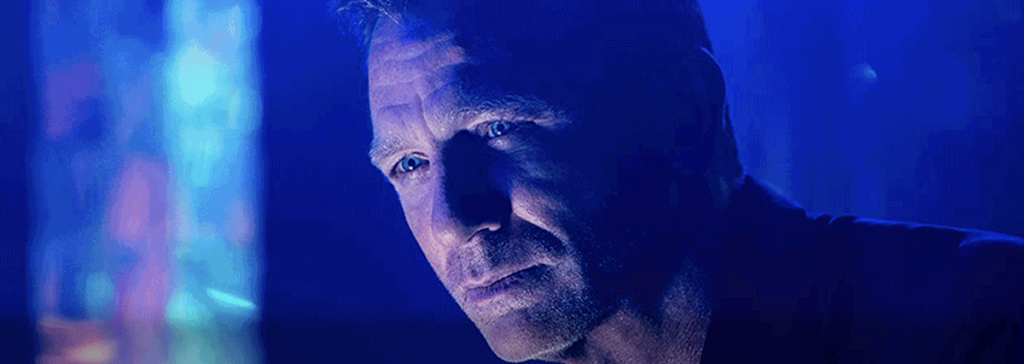
review | No Time to Die
Bond says goodbye (or does he?) in this epic two-and-a-half hour sendoff that’s a home theater tour de force
by John Sciacca
November 10, 2021
The original director for No Time to Die was replaced early in the process, and the choice of Cary J. Fukunaga seems as interesting one, as he was best known for directing TV series like Maniac and True Detective along with films with significantly smaller budget like Beasts of No Nation and Sin Nombre. (Another fun trivia fact—Funkunaga helped pen the screenplay for It.) I’m not doubting his abilities but on the surface he just seems an interesting choice to helm a pivotal final installment in the Craig era with an estimated $250-million budget.
Whereas all previous films in the franchise were essentially stood on their own—with some occasional winks and nods to others that had come before them—one of the big changes in the Craig era was to create a series of films that have a strong continuity running throughout. Nowhere is this more apparent than in Quantum of Solace, Craig’s second Bond film, which begins just moments after Casino Royale’s conclusion.
To prepare for No Time to Die, my wife and I went back and watched the previous two films, Skyfall and Spectre, and that was certainly helpful, especially since it has been six years since Spectre was released, and the events in No Time come right on the heels of Spectre.
Bond films are known for their massive opening sequences, and right from the start it’s clear that No Time will be . . . different. In fact, Bond isn’t even in the opening several minutes, which are instead a flashback to Madeleine’s (Lea Seydoux) childhood, an event she mentioned in Spectre and which establishes her relationship with this film’s villain Safin (Rami Malek).
As much as No Time feels different, it also feels very much the same, and they are careful to include all the classic beats—the “Bond, James Bond” intro, the shaken-not-stirred vodka martini, the big car chase, the Q-Branch gadgets, the world hopping, and a certain old friend from the CIA. There are also some nice nods to the franchise’s history, and in a way, the film has a sense of farewell.
One clever touch is a rotating tour of the Aston Martins Bond has driven throughout his history. And if you ever wanted to see what that glorious DB5 from Goldfinger can do when it’s fully unleashed, you’re in for a treat! There is also a nice moment where the Ms from the past—both Dame Judi Dench and Bernard Lee—are given a subtle nod. The framing of one scene feels very reminiscent of the looking-down-a-rifle-barrel from the film’s iconic opening sequences. And those familiar with Fleming’s work might notice some strong parallels between the “Garden of Death” featured in the novel You Only Live Twice and the poison garden featured here.
There is also a line spoken early on that really jumped out at me. While Bond and Madeleine are driving, she tells him to speed up and he says, “We have all the time in the world.” You might recall this as the Louis Armstrong title song—and a line Bond himself says twice—in the film On Her Majesty’s Secret Service.
Also, I was initially really disappointed by Billie Eilish’s opening “No Time To Die” song when I heard it months before the film’s debut. I felt the song was far too slow and somber to be a Bond opener, but in the context of where it’s placed in the opening, I was surprised to find myself actually enjoying it and that in the moment of the film, it actually works.
I’m not going to go too deep trying to summarize the plot. Frankly, you’ll want to see No Time to Die or you won’t, so I doubt my 1,000-yard view will change your mind. Also, I certainly don’t want to spoil any of the fun or surprises. With a franchise long run time of 2 hours and 43 minutes, No Time certainly feels epic, and even though it’s packed with a near steady stream of action, it often feels like it has all the time in the world to unfold.
The movie opens with Bond retired from active service and finally able to take some time away to go on holiday with Madeleine. Of course, the world needs James Bond, and events from his past come up to draw him back in, to try and track down a scientist behind a new super-weapon that could be used to kill off large sections of the population.
The film was shot on a host of formats, including some scenes filmed in IMAX. Unfortunately, we don’t get any of the expanded IMAX scenes in this digital presentation—perhaps on an eventual IMAX Enhanced physical disc release. But what we do get is sourced from a true 4K digital intermediate that looks consistently gorgeous. I mentioned we had watched Spectre the night before, and that was on Blu-ray. The image quality in 4K HDR here absolutely trounces that, revealing layers of sharpness and detail throughout.
Bond films have always had a massive scope and scale, and we can really see and appreciate that here. Fukunaga frequently pulls back—way back—to reveal these gorgeous panoramic vistas that show the expanse of the location, whether in Italy, Cuba, or the UK. The movie is beautifully framed and shot and looks fantastic up on a big home theater screen.
Closeups reveal tons of detail, whether it’s the contrast of Madeleine’s smooth skin versus Bond’s weathered, creased, and lined face or the fine lines and detail in Bond’s Glen Plaid suits or the micro-dots in a tie or the texture and ribs in the cloth of Madeleine’s shirt. Modern digital productions have a cleanness to the image that feels like everything between you and the lens has been removed, and that is evident here.
There are lots of moments to highlight the HDR grading, whether they are white-hot fluorescent lights, neon signs, the gleaming white of outdoor snow scenes, shafts of light penetrating dark interiors, or the eye-reaction moments of exploding fireballs or the soft, glowing light as characters talk in candlelight. I never felt things were pushed too far but we certainly enjoy a full range of deep, inky blacks and vibrant whites.
While some digital retailers like iTunes ands Vudu received a lossy Dolby Digital+ Atmos audio mix, MGM has continued its maddening habit of only supplying Kaleidescape with a 5.1-channel DTS HD-Master mix. I’m not going to lie and say this isn’t a tad disappointing but it certainly isn’t a deal breaker, and you’ll be happy to read that this soundtrack delivers the goods, with a classic big, loud, and dynamic mix Bond is known for.
Things like gunshots have a ton of dynamics, with loud, sharp reports and solid weight and slam to their impact. Explosions will give your subwoofers plenty of chance to flex, delivering tactile bass you can feel in your chest.
And even though the Kaleidescape 5.1 audio is not a true immersive mix, modern upmixers (such as the DTS:Neural X processing on my Marantz) do an admirable job of placing sounds all around and overhead. Whether it’s things like the sounds of ice cracking that spread out from the center and front of the room into every corner or the loud clang of bells ringing throughout the room or the sounds of a water platform creaking, groaning, and breaking apart or a moment when a gun man is clearly standing directly behind you repeatedly blasting away, the mix places you right in the action. Even subtle moments such as Bond standing out in an open forest have lots of ambience and spaciousness to expand your listening environment.
There were a couple of moments where the upmixing might have made dialogue a bit trickier to understand. In one scene, Bond and Paloma (Ana de Armas) are communicating via in-ear mics, and another where there are announcements over a PA system, and voices are placed up into the height channels. The effect was actually quite good—and you got a real sense of them moving around and overhead and traveling into different speakers—but it did make the dialogue a big harder to understand. This is certainly an instance where the truly discrete Dolby TrueHD Atmos mix could offer a bit of refinement.
The film’s ending is a bit polarizing, with some saying “perfect” and “best ever,” and others claiming it ruined the franchise. For me, I felt a bit like I did at the end of The Rise of Skywalker—I enjoyed the ride, but it came with a heavy dose of bittersweet to know it was over . . . at least for now. As the end credits declare, “James Bond will return.” How and in what fashion remains to be seen, but I am certainly excited to see what Bond’s next chapter looks like.
For now, No Time to Die is a fantastic experience at home, visually and sonically, and with its lengthy run-time, you’re able to pause if need be for a bathroom or snack break to ensure you don’t miss a moment of action.
Probably the most experienced writer on custom installation in the industry, John Sciacca is co-owner of Custom Theater & Audio in Murrells Inlet, South Carolina, & is known for his writing for such publications as Residential Systems and Sound & Vision. Follow him on Twitter at @SciaccaTweets and at johnsciacca.com.
© 2025 Cineluxe LLC


